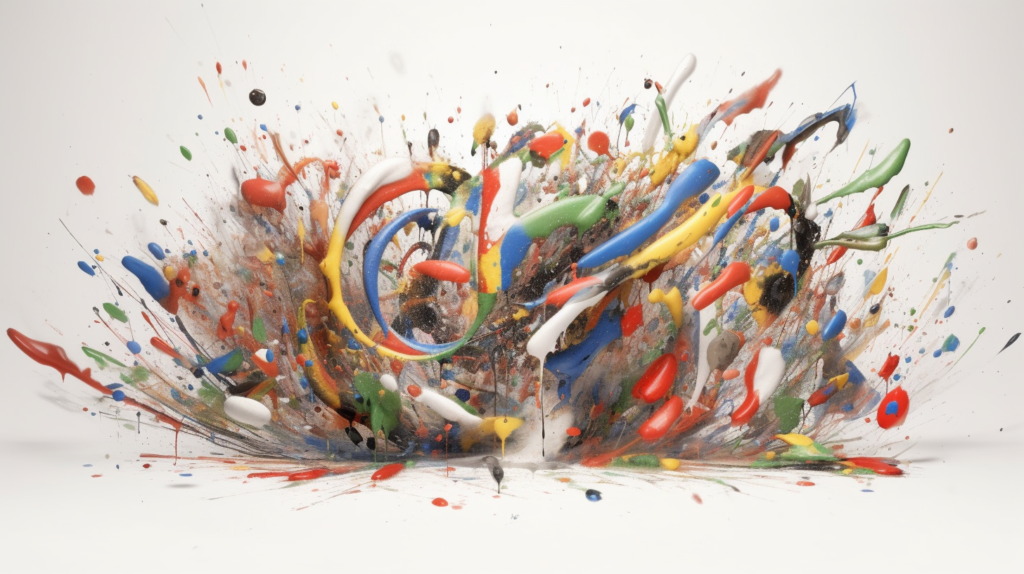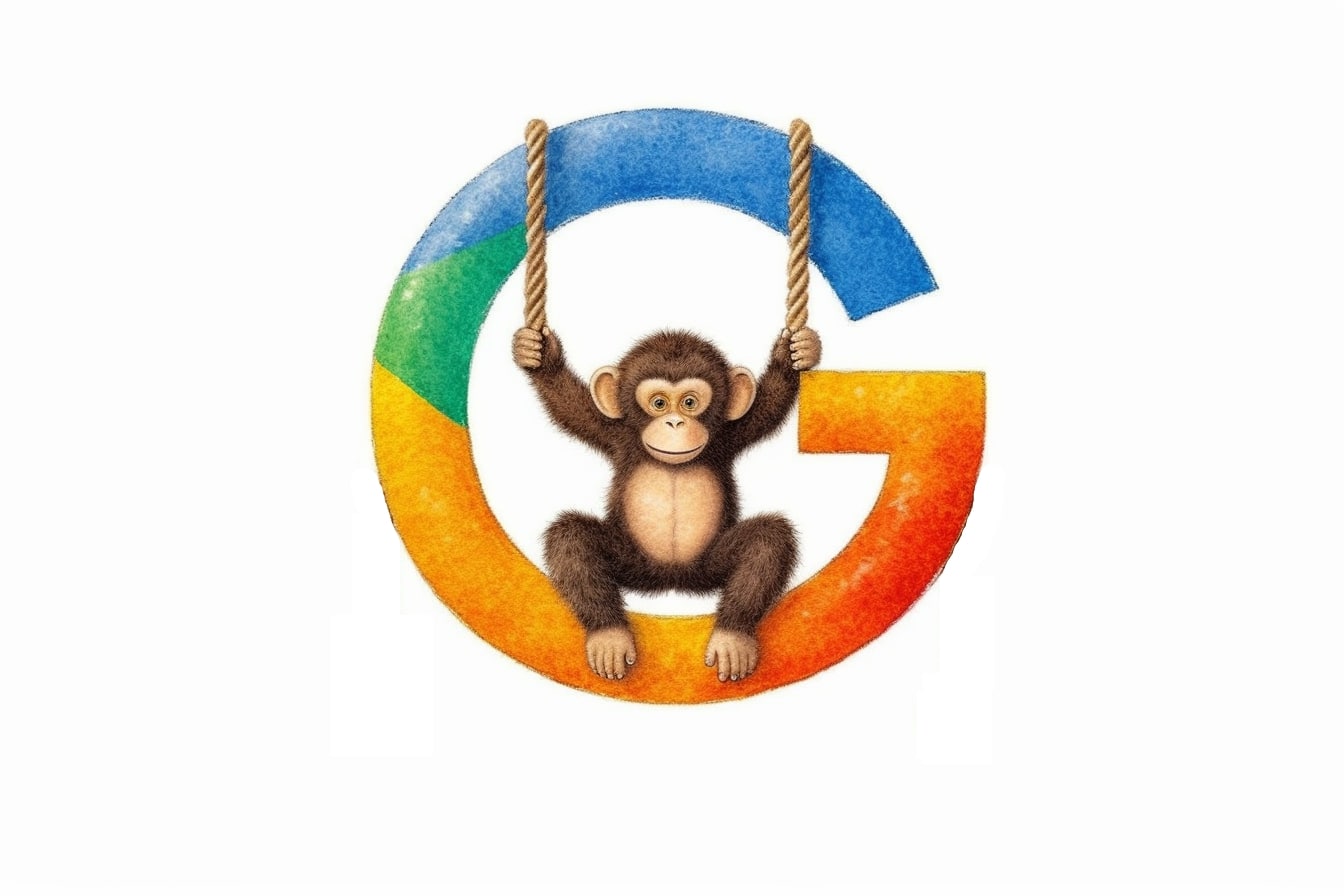Introduction
In the rapidly advancing world of artificial intelligence (AI), Google has been striving to maintain its competitive edge. At this year’s Google I/O, the tech giant unveiled several significant AI enhancements aimed at gaining an upper hand in the AI race. Let’s delve into the key announcements that stole the spotlight.
Key Takeaways
- Google unveiled PaLM 2, an advanced language learning model that is set to surpass its predecessor in terms of versatility and technical prowess. It is designed for various generative AI applications, supports over 100 languages, and excels in coding, writing, and mathematics.
- Google Bard, the company’s AI chatbot, has been significantly upgraded and is now powered by PaLM 2. The upgrade has improved Bard’s coding abilities, added support for more languages, and introduced new user experience features. Additionally, Google plans to extend Bard’s capabilities through collaborations with external partners.
PaLM 2: A New Wave of Language Learning Models
The event started with the unveiling of Google’s advanced language learning model, PaLM 2. The predecessor, PaLM, was introduced back in August 2022 and made significant strides in various generative AI applications such as chatbots and content generation.
PaLM 2, however, is expected to surpass its predecessor in terms of capabilities. It’s lightweight, easily deployable, and boasts more advanced technical skills. The model’s versatility is demonstrated by the 25+ new products and features announced at Google I/O that are powered by PaLM 2.
Intriguingly, PaLM 2 consists of four different models: Gecko, Otter, Bison, and Unicorn, each serving different purposes. The model can support over 100 languages and excels in various technical skills, including coding, writing, and mathematics.
Google Bard: Now Smarter and More Accessible
Google Bard, the company’s chatbot, was also a key focus at the event. Initially, the Bard was introduced as Google’s answer to AI models like OpenAI’s ChatGPT and Microsoft’s Bing Chat. However, it fell short of the expectations.
This year, Google announced an upgraded Bard that is significantly smarter and more capable. The chatbot has been enhanced using PaLM 2, which has improved its coding abilities, allowing it to assist with code debugging, collaboration, and exploration. The chatbot is now proficient in over 20 coding languages and automatically provides code citations.
Bard’s language capabilities have also been extended to include Japanese and Korean, with plans to add support for 40 more languages in the near future. Google also announced some user experience enhancements for Bard, such as a dark theme, chat export into Gmail and Docs, and the ability to include images, tables, or maps in responses.
One exciting development is the integration of Google Lens into Bard, which will allow users to upload photos and ask questions about the uploaded content. In addition, extensions will enable Bard to interact with external partners, with Adobe Firefly being one of the first to arrive. This collaboration means users can ask Bard to create images that can then be generated in the chat.
Google Search AI Integration
Google has also been rumored to be working on integrating AI features into its search engine to keep up with Bing Chat. It appears Google Search will integrate generative AI to enhance the user experience and engagement, potentially including features like pie charts and other informative diagrams



